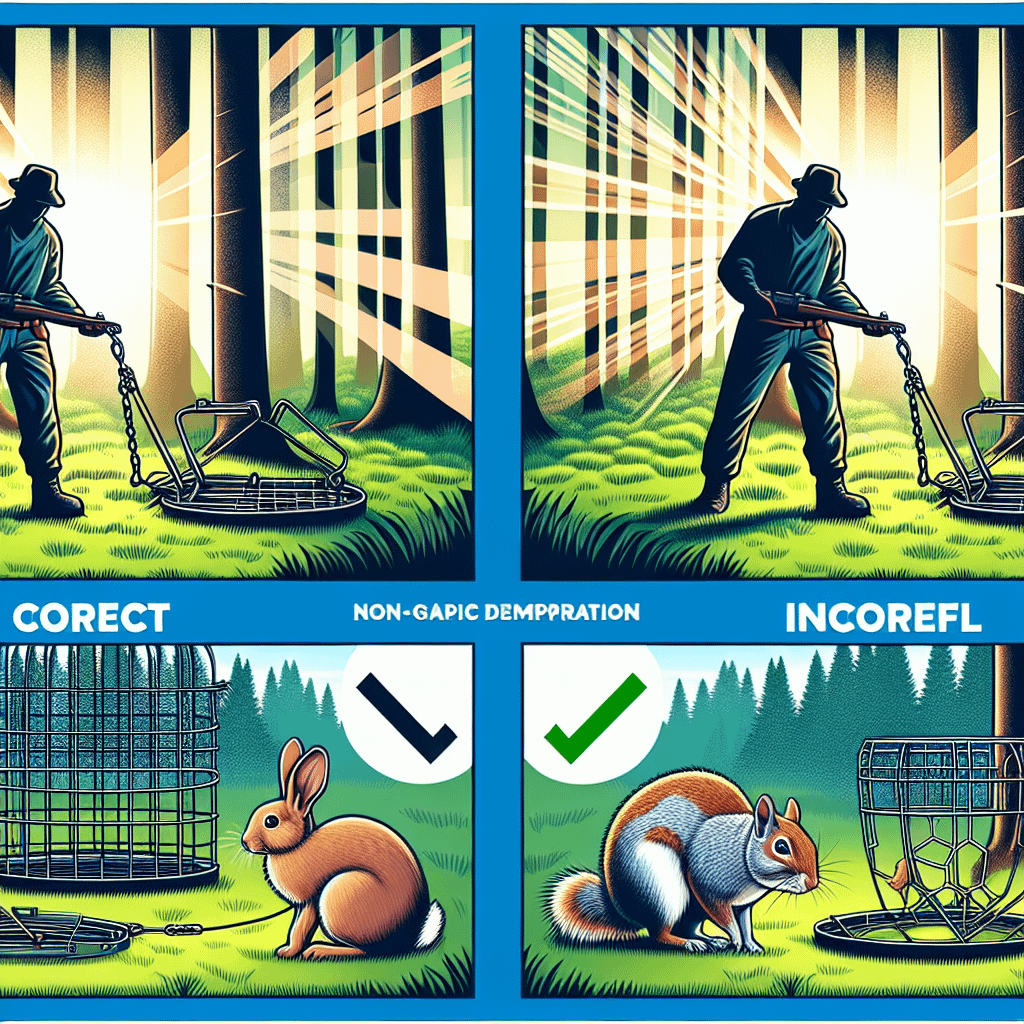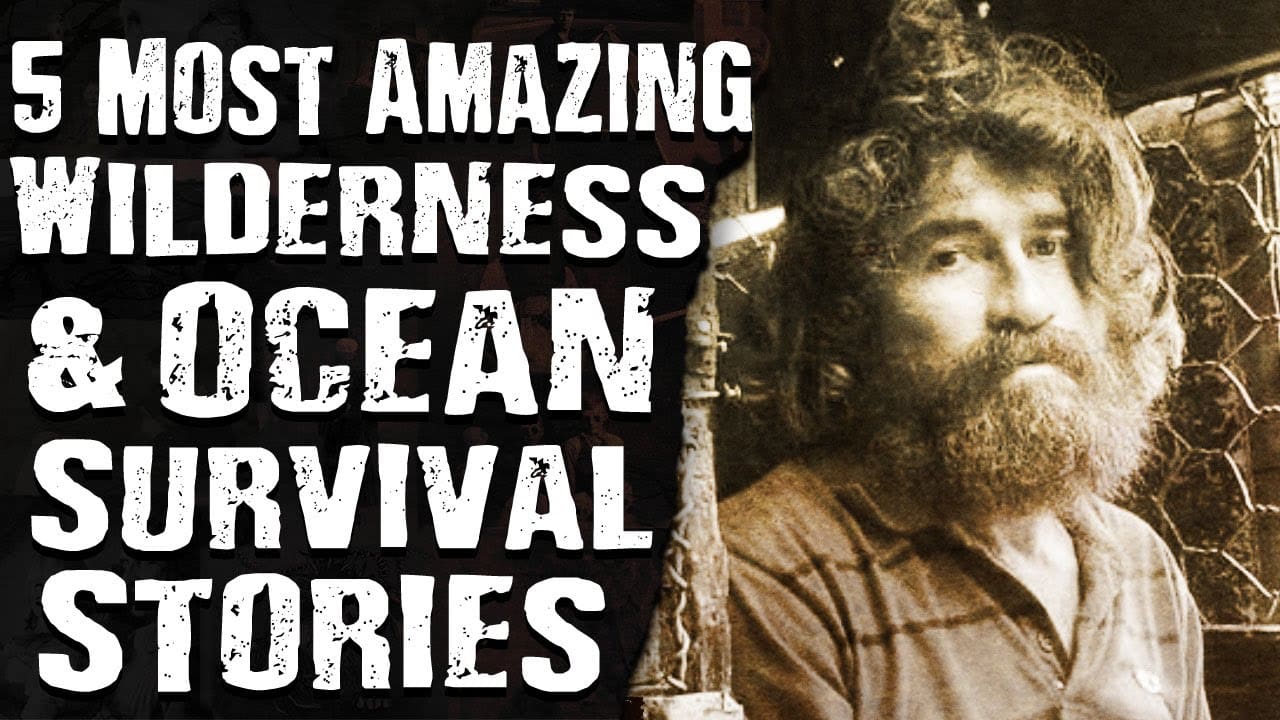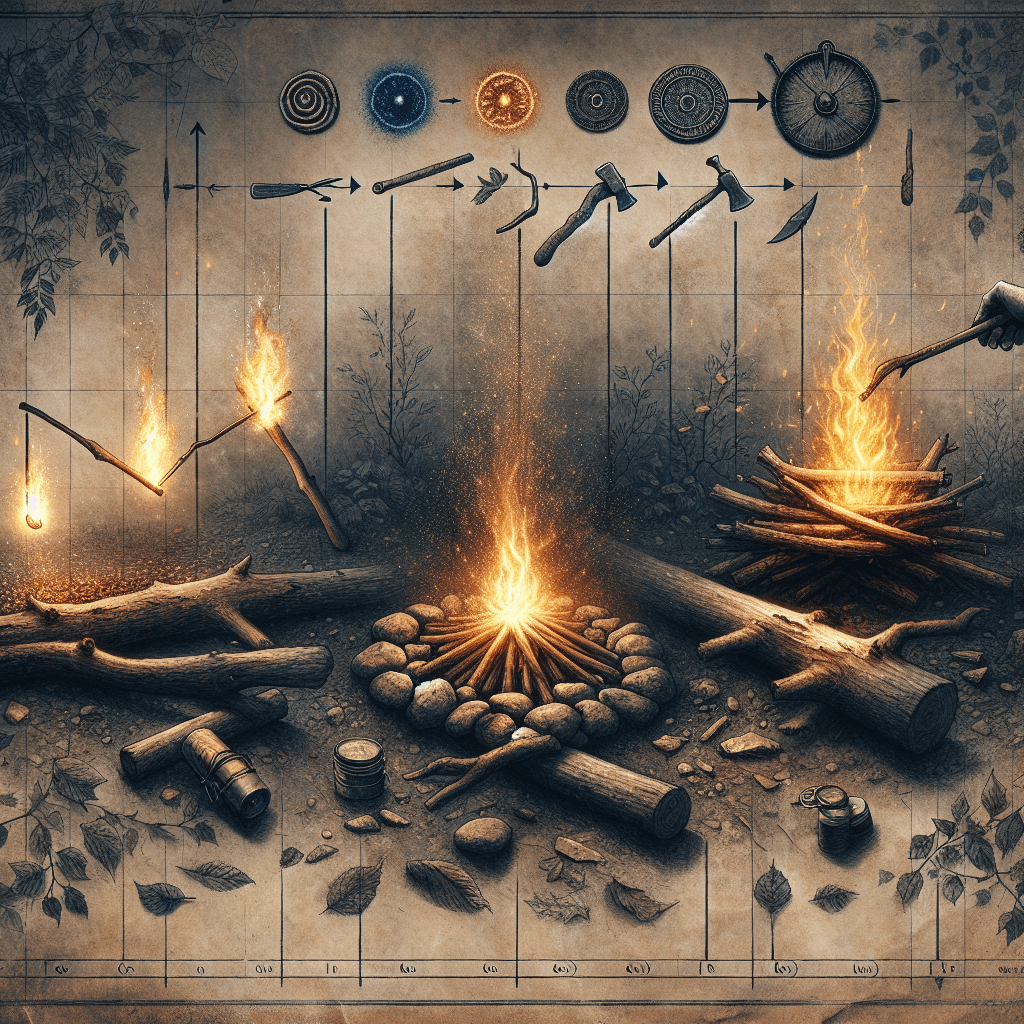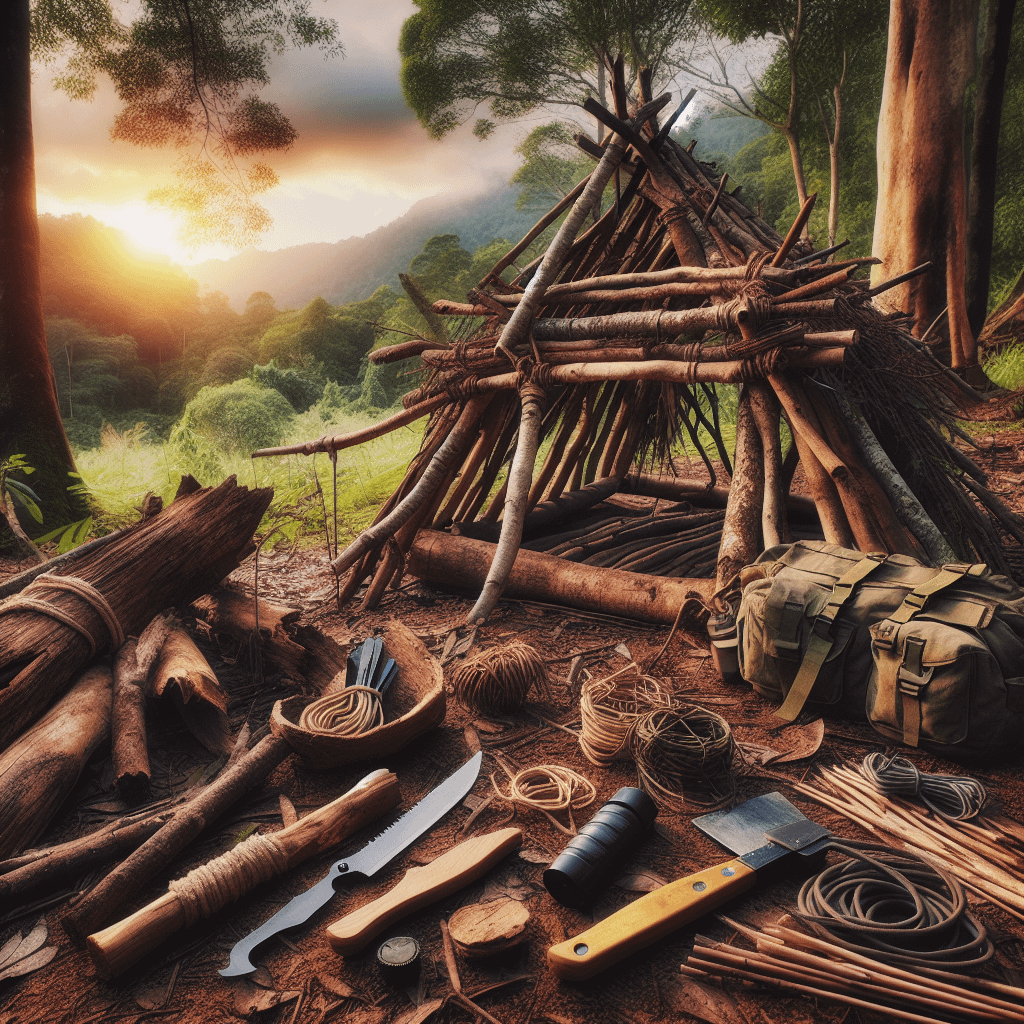The Dos and Don’ts of Ethical Animal Trapping
Animal trapping is a controversial topic that often sparks heated debates between those who view it as a necessary means of wildlife management and those who see it as cruel and inhumane. Regardless of where you stand on the issue, it is important to approach animal trapping ethically and responsibly. Here are some dos and don’ts to keep in mind when it comes to ethical animal trapping. Do: Use humane traps One of the most important aspects of ethical animal trapping is using traps that are designed to minimize harm…
Read More









